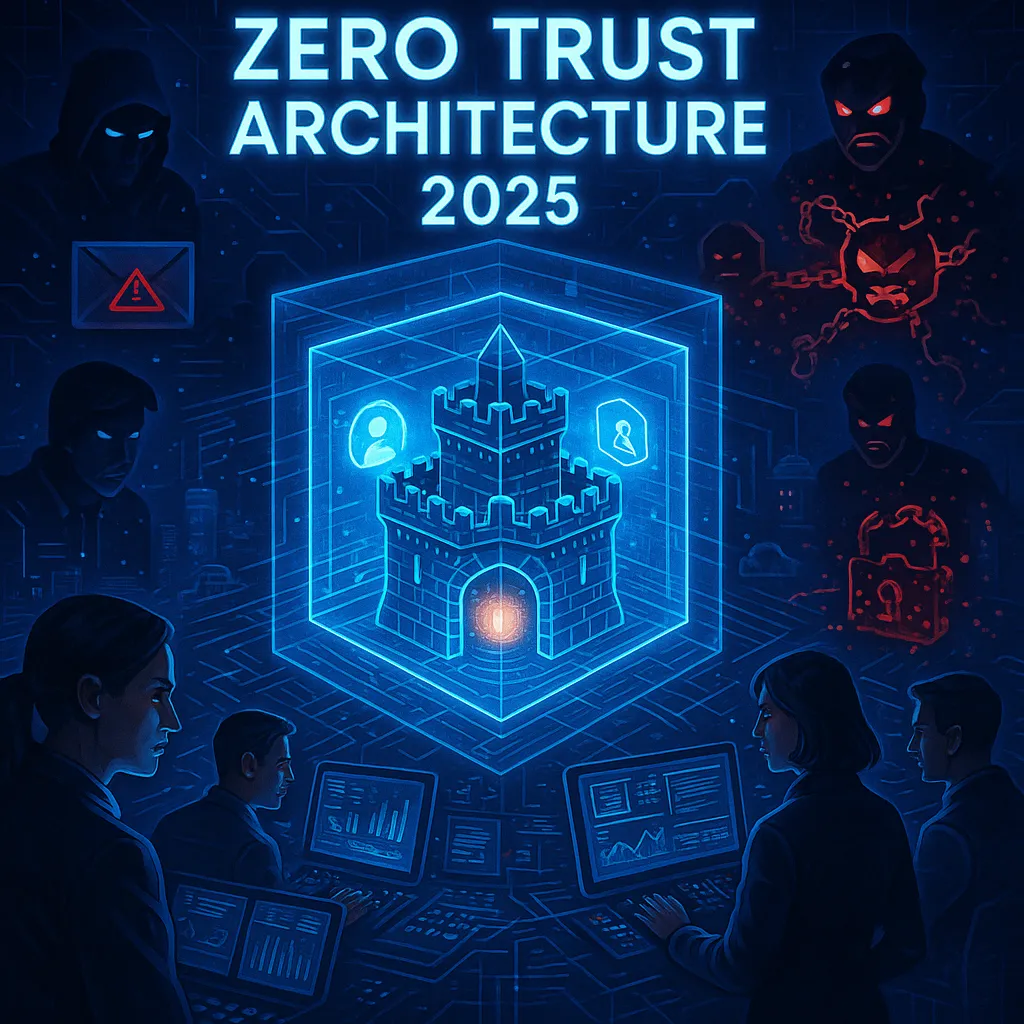Tel: 650-980-4870
Blog

Zero Trust
Most Significant Positive Development in Cybersecurity for 2025: Adoption of Zero Trust Architecture
Based on the latest insights and trends for 2025, the most significant positive development in cybersecurity for protecting companies from attacks is the widespread adoption of Zero Trust Architecture (ZTA). This approach, which operates on the principle of "never trust, always verify," has emerged as a cornerstone of modern cybersecurity strategies, addressing the limitations of traditional perimeter-based security models in an era of remote work, cloud computing, and hybrid environments.
Zero Trust Architecture stands out due to its proactive and comprehensive nature. Unlike older models that assume users and devices inside a network are trustworthy, ZTA requires continuous verification of identity and permissions for every user, device, and application attempting to access a network, regardless of their location. This minimizes the risk of unauthorized access and lateral movement by attackers, even if they breach initial defenses. According to multiple sources, including Gartner predictions cited in various reports, a significant portion of enterprises—up to 60%—are expected to replace traditional VPNs with Zero Trust solutions by 2025, reflecting its growing importance. Additionally, the 2024 Zero Trust Impact Report by Okta, referenced in the search results, notes that 97% of organizations plan to increase ZTA adoption to bolster security.
The significance of ZTA lies in its ability to mitigate a wide range of threats, including insider threats, ransomware, and phishing attacks, which are among the top concerns for 2025 as highlighted by sources like SentinelOne and Google Cloud's Cybersecurity Forecast. With cybercrime costs projected to reach$10.5 trillion annually by 2025, as reported by Cybersecurity Ventures, and ransomware attacks becoming more sophisticated through models like Ransomware-as-a-Service (RaaS), the need for robust, adaptive security frameworks is critical. ZTA addresses these challenges by enforcing strict access controls, network segmentation, and continuous monitoring, thereby reducing the attack surface and limiting the potential damage of a breach.
Moreover, ZTA aligns with the evolving regulatory landscape and the push for data privacy, as noted in reports from Dataconomy and Wire.com. It supports compliance with stringent laws like GDPR and CCPA by ensuring that access to sensitive data is tightly controlled and monitored. Its relevance is further amplified in the context of hybrid work environments, where unsecured home networks and personal devices increase vulnerabilities, a concern raised by Cisco’s 2024 Hybrid Work Report in the search results.
While other developments, such as AI-powered threat detection and quantum-resistant cryptography, are also pivotal for 2025, they either come with dual-edged challenges (e.g., AI being used by both defenders and attackers) or are still in early stages of practical implementation (e.g., quantum-resistant solutions). Zero Trust Architecture, by contrast, offers a mature, actionable framework that companies can implement now to achieve immediate and significant improvements in security posture. Practical steps for adoption, as suggested by Wire.com, include starting with multifactor authentication (MFA), enforcing least-privilege access, and taking inventory of users and resources to ensure comprehensive coverage.
In summary, the adoption of Zero Trust Architecture represents the most significant positive development in cybersecurity for 2025. Its focus on continuous verification and strict access controls directly addresses the evolving threat landscape, making it an essential strategy for protecting companies from increasingly sophisticated attacks.
Menu
Services
© Copyright 2023. Optimal Outcomes. All rights reserved.
